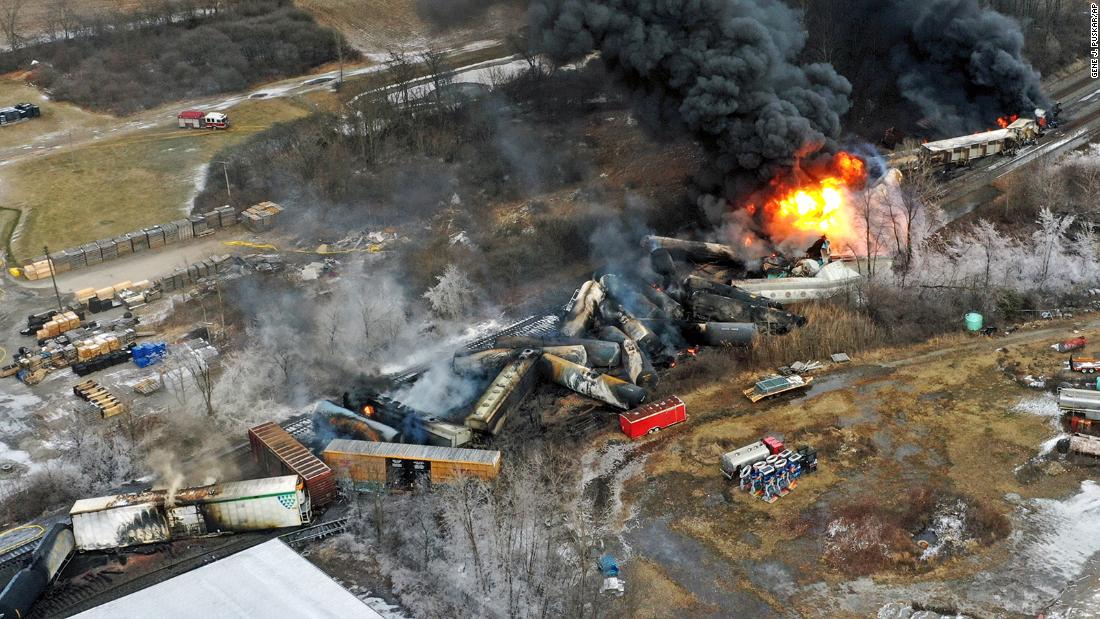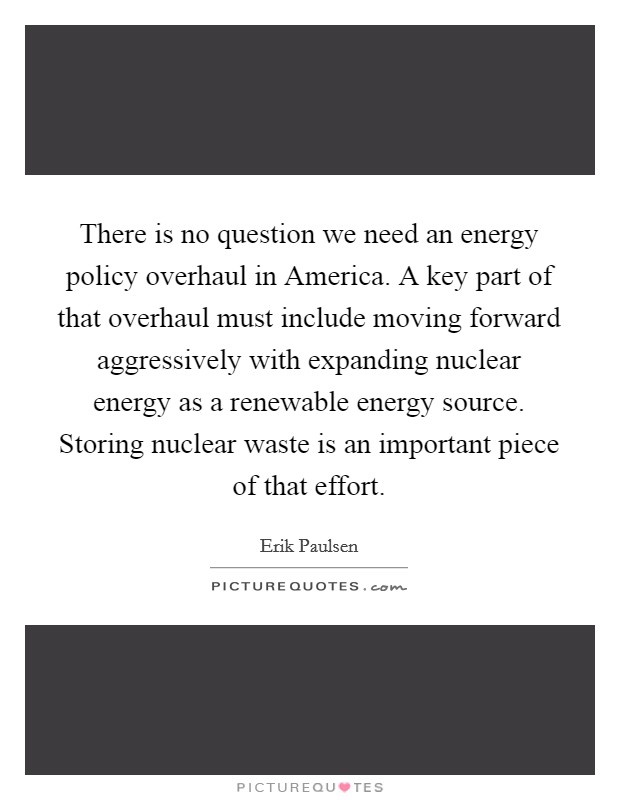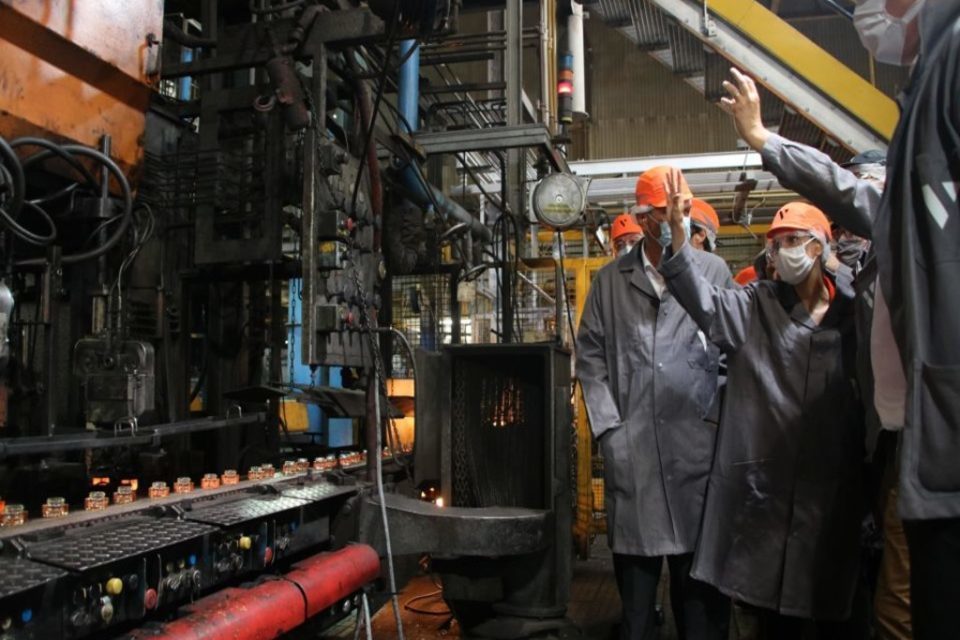Ohio Train Derailment Aftermath: The Persistent Threat Of Toxic Chemicals In Buildings

Table of Contents
Assessing the Extent of Contamination
The Ohio train derailment's impact extends far beyond the immediate vicinity of the accident site. Determining the extent of contamination within buildings requires a multifaceted approach, considering various pathways through which toxic chemicals could have migrated.
Contamination Pathways
Toxic chemicals can enter buildings through several pathways:
- Airborne Contamination: Volatile organic compounds (VOCs) like vinyl chloride can easily become airborne and infiltrate buildings through ventilation systems, open windows, and even minute cracks in walls. The lingering presence of these chemicals in the air poses a significant inhalation risk.
- Contaminated Water Sources: Water runoff from the derailment site may have contaminated local water sources, impacting buildings that rely on these sources for plumbing and other systems. This poses a risk of ingestion and dermal exposure to toxic chemicals.
- Soil Contamination: Soil near the derailment site is likely contaminated with hazardous substances. This contamination can leach into building foundations, potentially entering basements and affecting indoor air quality through ground vapor intrusion. The porous nature of some building materials can facilitate this migration.
Reports indicate that some residential homes and commercial buildings near the derailment site in East Palestine, Ohio, showed detectable levels of contamination, highlighting the seriousness of this issue. Further investigation and testing are crucial to fully understand the extent of the contamination.
Types of Buildings at Risk
The vulnerability of buildings to chemical contamination varies depending on several factors:
- Proximity to the Derailment Site: Buildings closest to the derailment site face the highest risk of contamination due to their immediate exposure to airborne chemicals, contaminated water runoff, and soil leaching.
- Ventilation Systems: Buildings with poorly maintained or inefficient ventilation systems are more susceptible to the accumulation of airborne toxic chemicals. Older buildings with inadequate ventilation are particularly vulnerable.
- Building Age and Construction Materials: Older buildings may have less effective barriers against chemical infiltration compared to newer, more modern structures. Porous building materials can easily absorb and retain contaminants.
Residential buildings, schools, hospitals, and commercial properties are all potentially vulnerable, depending on their proximity, construction, and ventilation. A comprehensive assessment is crucial to determine the precise risk level for each building.
Current Testing and Monitoring Efforts
Efforts are underway to assess the level of contamination in buildings near the derailment site. These efforts involve:
- Air Quality Testing: Monitoring air quality for the presence of specific chemicals released during the derailment (like vinyl chloride and butyl acrylate).
- Water Testing: Analysis of water samples from wells and municipal water supplies to detect any contamination.
- Soil Testing: Assessing the level of soil contamination around buildings to determine the risk of vapor intrusion.
However, the availability of data and the scope of testing remain limited. More comprehensive testing and ongoing monitoring are needed to fully ascertain the extent of contamination and its long-term implications. The EPA and state agencies are involved, but citizen concerns highlight the need for increased transparency and robust data sharing.
Health Risks Associated with Chemical Exposure
Exposure to the toxic chemicals released in the Ohio derailment poses significant health risks, both acutely and in the long term.
Acute and Long-Term Health Effects
The chemicals released, such as vinyl chloride and butyl acrylate, are known to cause a range of health problems.
- Vinyl Chloride: Short-term exposure can cause dizziness, headaches, and drowsiness. Long-term exposure is linked to liver damage, an increased risk of liver cancer, and other serious health issues. [Link to CDC resource on vinyl chloride].
- Butyl Acrylate: Acute exposure can cause eye, skin, and respiratory irritation. Long-term effects are less well-understood but may include respiratory problems and potential reproductive issues. [Link to relevant EPA resource].
These are just two examples; the cocktail of chemicals released necessitates a thorough investigation into their combined effects.
Vulnerable Populations
Certain populations are more susceptible to the adverse health effects of chemical exposure:
- Children: Children are particularly vulnerable due to their developing bodies and higher respiratory rates.
- Elderly Individuals: The elderly often have pre-existing health conditions that can exacerbate the impact of chemical exposure.
- Individuals with Pre-existing Respiratory or Cardiovascular Conditions: These individuals are at increased risk of experiencing severe health consequences.
The Importance of Early Detection and Intervention
Early detection of chemical exposure is crucial for effective intervention. This may involve:
- Regular Health Checkups: Individuals living near the derailment site should undergo regular health checkups to monitor for any health issues.
- Monitoring Symptoms: Being aware of and reporting any unusual symptoms, such as respiratory problems, skin irritation, or headaches.
- Seeking Medical Attention: Promptly seeking medical attention if any concerning symptoms develop.
Mitigation Strategies and Remediation Efforts
Addressing the contamination from the Ohio train derailment requires a comprehensive approach to cleaning, decontamination, and long-term prevention.
Cleaning and Decontamination Procedures
Cleaning and decontamination procedures may include:
- Air Purification: Using specialized equipment to remove airborne contaminants.
- Surface Cleaning: Thoroughly cleaning and decontaminating surfaces using appropriate cleaning agents.
- Soil Remediation: Removing and replacing contaminated soil.
The specific methods employed will depend on the type and extent of contamination.
Long-Term Monitoring and Prevention
Ongoing monitoring and preventative measures are essential to safeguard public health and the environment:
- Continuous Air and Water Monitoring: Regular monitoring of air and water quality to ensure the safety of the community.
- Improved Emergency Response Planning: Enhanced preparedness for future derailments and other hazardous material incidents.
- Stricter Safety Regulations: Implementing stricter regulations for the transportation of hazardous materials.
Governmental Roles and Responsibilities
Government agencies play a vital role in addressing the contamination and supporting affected residents:
- Providing Financial Assistance: Offering financial support for remediation efforts and medical care.
- Enforcing Environmental Regulations: Ensuring that responsible parties take appropriate action to clean up the contamination.
- Conducting Thorough Investigations: Carrying out thorough investigations to determine the extent of the contamination and its impact on public health.
Conclusion
The Ohio train derailment has highlighted the persistent and insidious threat of toxic chemicals in buildings. The long-term health consequences of exposure to these chemicals are significant, especially for vulnerable populations. Comprehensive remediation efforts, along with stricter safety regulations and ongoing monitoring, are crucial to mitigate the risks and prevent future incidents. Staying informed about the ongoing situation, advocating for stricter safety regulations, and supporting affected communities are essential steps in addressing this significant public health challenge. Visit the EPA website and your local health department for updates and resources on protecting yourself and your family from the lingering effects of toxic chemicals in buildings following the derailment.

Featured Posts
-
 La France Augmente La Pression Sur La Russie Decisions Imminentes De Macron
May 03, 2025
La France Augmente La Pression Sur La Russie Decisions Imminentes De Macron
May 03, 2025 -
 Energy Policy Overhaul Guido Fawkes On The Revised Direction
May 03, 2025
Energy Policy Overhaul Guido Fawkes On The Revised Direction
May 03, 2025 -
 Kocaeli Nde 1 Mayis Kutlamalari Gerginlik Ve Arbede
May 03, 2025
Kocaeli Nde 1 Mayis Kutlamalari Gerginlik Ve Arbede
May 03, 2025 -
 L Intelligence Artificielle Un Enjeu De Patriotisme Economique Pour Macron
May 03, 2025
L Intelligence Artificielle Un Enjeu De Patriotisme Economique Pour Macron
May 03, 2025 -
 Joseph Tf 1 Analyse De La Serie Policiere La Creme De La Crim
May 03, 2025
Joseph Tf 1 Analyse De La Serie Policiere La Creme De La Crim
May 03, 2025
Latest Posts
-
 Nigel Farage Faces Defamation Claim From Rupert Lowe Over False Allegations
May 04, 2025
Nigel Farage Faces Defamation Claim From Rupert Lowe Over False Allegations
May 04, 2025 -
 Rupert Lowe To Sue Nigel Farage Details Of The Defamation Case
May 04, 2025
Rupert Lowe To Sue Nigel Farage Details Of The Defamation Case
May 04, 2025 -
 Nigel Farage Takes On Conservatives In Shrewsbury Relief Road Dispute And Local Visit
May 04, 2025
Nigel Farage Takes On Conservatives In Shrewsbury Relief Road Dispute And Local Visit
May 04, 2025 -
 Reform Uk Leader Nigel Farage Visits Shrewsbury Local Pub Flat Cap And Political Commentary
May 04, 2025
Reform Uk Leader Nigel Farage Visits Shrewsbury Local Pub Flat Cap And Political Commentary
May 04, 2025 -
 Rupert Lowes Defamation Lawsuit Against Nigel Farage False Allegations
May 04, 2025
Rupert Lowes Defamation Lawsuit Against Nigel Farage False Allegations
May 04, 2025
